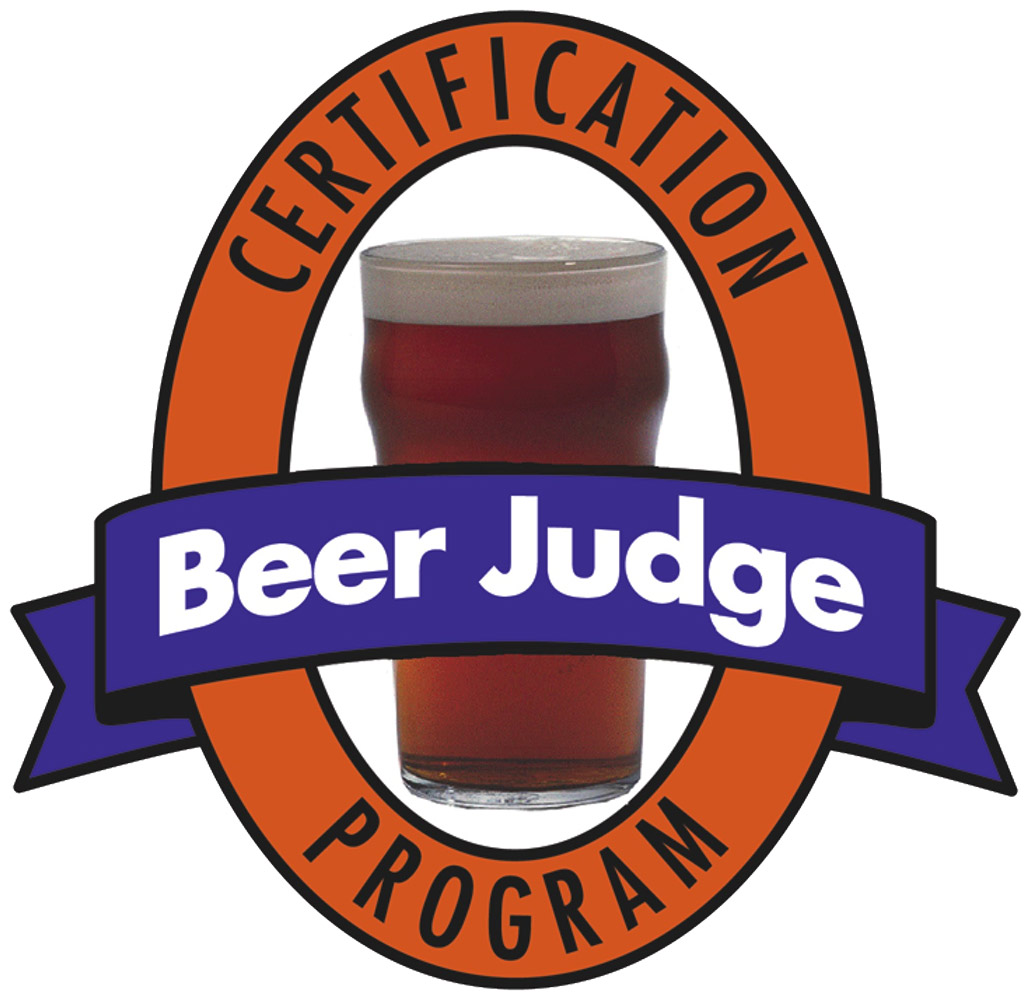I made it to the Rising Tide brewery where the exam was held about 5-10 minutes before the exam was set to begin. The only seat left was at a table in the front of the space in the brewery set aside for the exam. As the exam began, I looked over to my left and saw three people at that table start their evaluation of the beers and whip out the BJCP Guidelines. I didn’t realize the exam was open book, so I pulled out my iPad and opened the BJCP app to reference the style guidelines as I judged the beers.
The gentleman administering the exam then walked by, said the exam was indeed closed book and took my iPad and iPhone. I felt like a kindergartner whose toys had been taken by his teacher. Evidently I was sitting next to the exam proctors who are supposed to have the answers.

The exam itself consisted of judging six different beers. Since the exam was clearly closed book I was fortunate that I was familiar with all six of the styles. When judging beer in a competition setting style adherence is clearly important. When the exam is graded the proctors will be looking at the descriptiveness of the comments, what off-flavors or defects in the beer did the exam-taker (me) notice or not notice, and what if any suggestions to improve the beer were offered. As I studied for the exam, the feedback on the scoresheet seemed to be what separated the good scoresheets from the better ones.
The actual beers at the exam can be a curious mix of beers. If the exam consisted of six commercial and/or award winning homebrew beers it would not be the best way to evaluate a prospective judge’s ability to notice flaws. Two of the beers I tasted were well known commercial beers that had been altered so that they would taste like they had obvious defects. One was a blend of three different homebrewed beers that were each six months old. There was one unaltered homebrew that I thought was excellent and gave a 39, and there was an unaltered commercial beer that as soon as I found out what it was kicked myself for being overly critical in my comments and giving it a score in the mid 30s. Just like a competition, the condition of the beer when it is served is out of the brewers hand. I think all the beers we judged came out of growlers and were on the flat side which can certainly effect the aroma, mouthfeel, and flavor of a beer.
After the exam I mingled a bit with the other exam takers and the exam administrator. Speaking with them made me feel like I did okay on the exam. If I finished with a score of 70 or higher I will be attain the rank of a Recognized BJCP judge. From there based on the exam score and accruing experience points judging at competitions, a judge can move up in rank from there. It is also possible to retake the exam to try and obtain a higher score and ranking.
It can take several weeks or even months to receive the results. These are people with jobs who do this in their spare time. If I pass the exam I can see myself judging locally at competitions. I don’t think I see myself taking Written Proficiency Examination or aggressively trying to move up the ranks, but if I find I enjoy judging who knows? If the experience can make me a better brewer that was always my main intention. I certainly think that it has.
Follow me on Twitter @JChalifour
Like The Would-be Brewmaster on Facebook
Share what beers you are drinking with me on Untappd